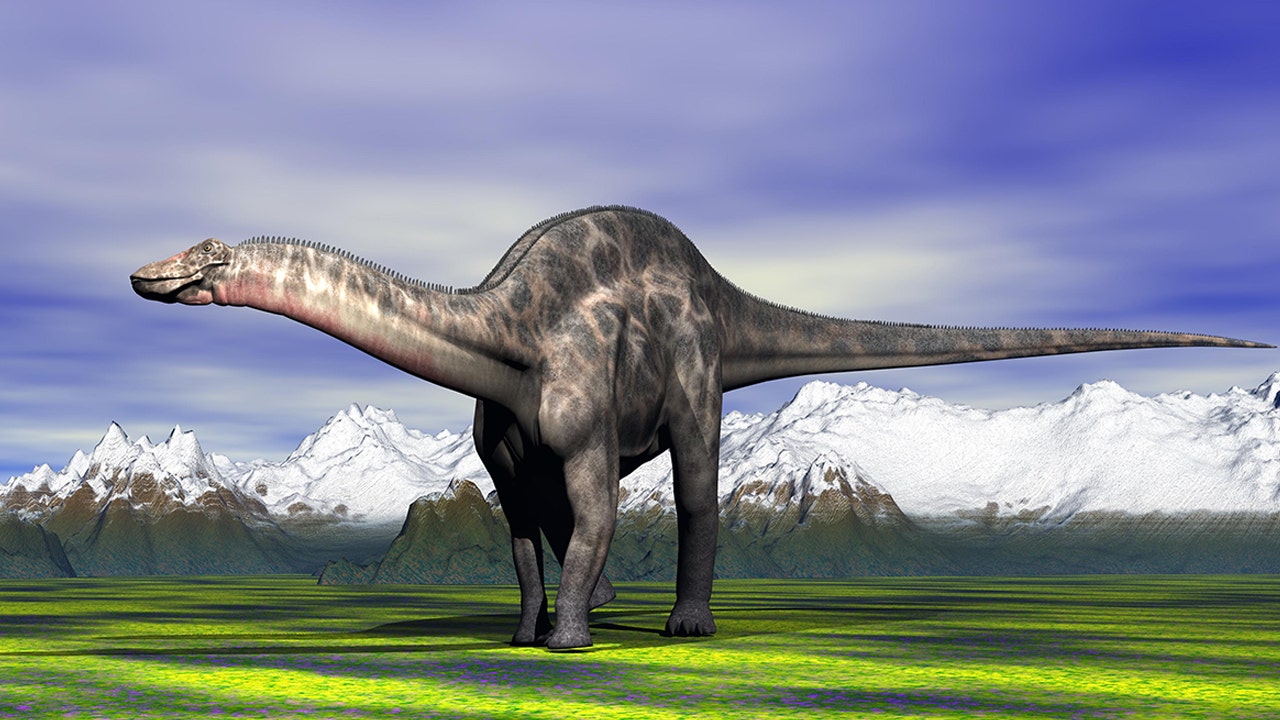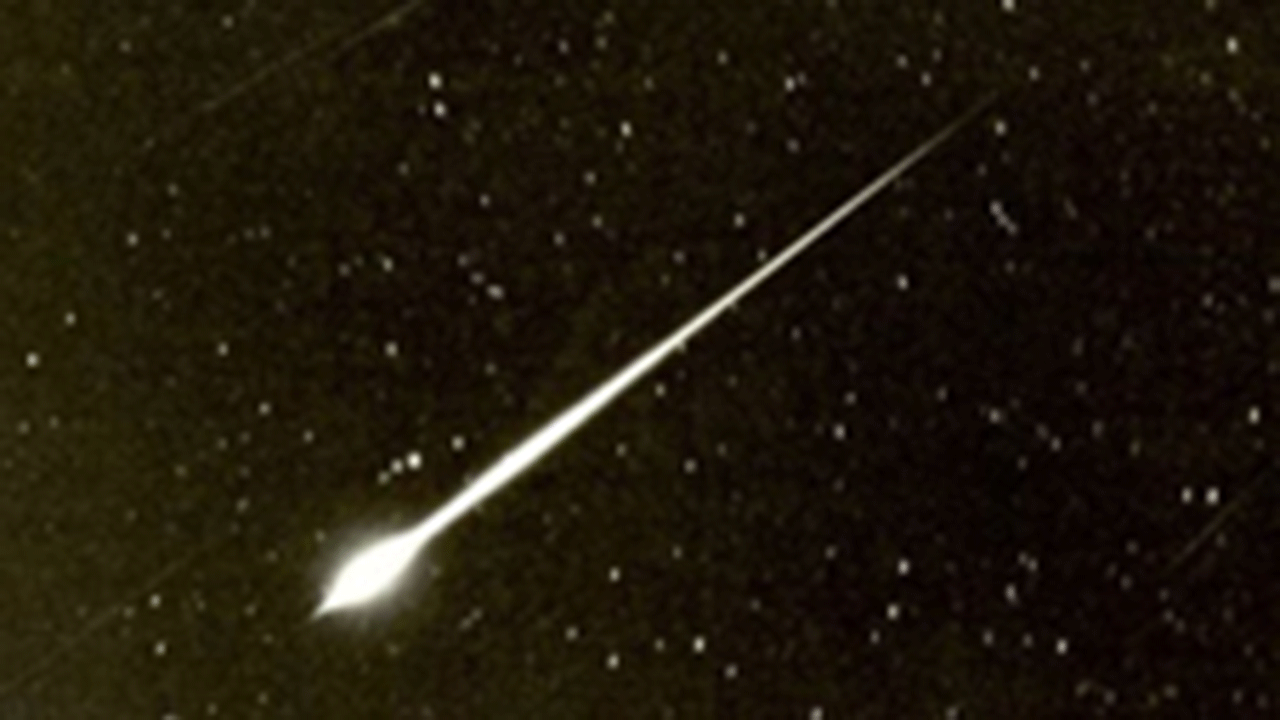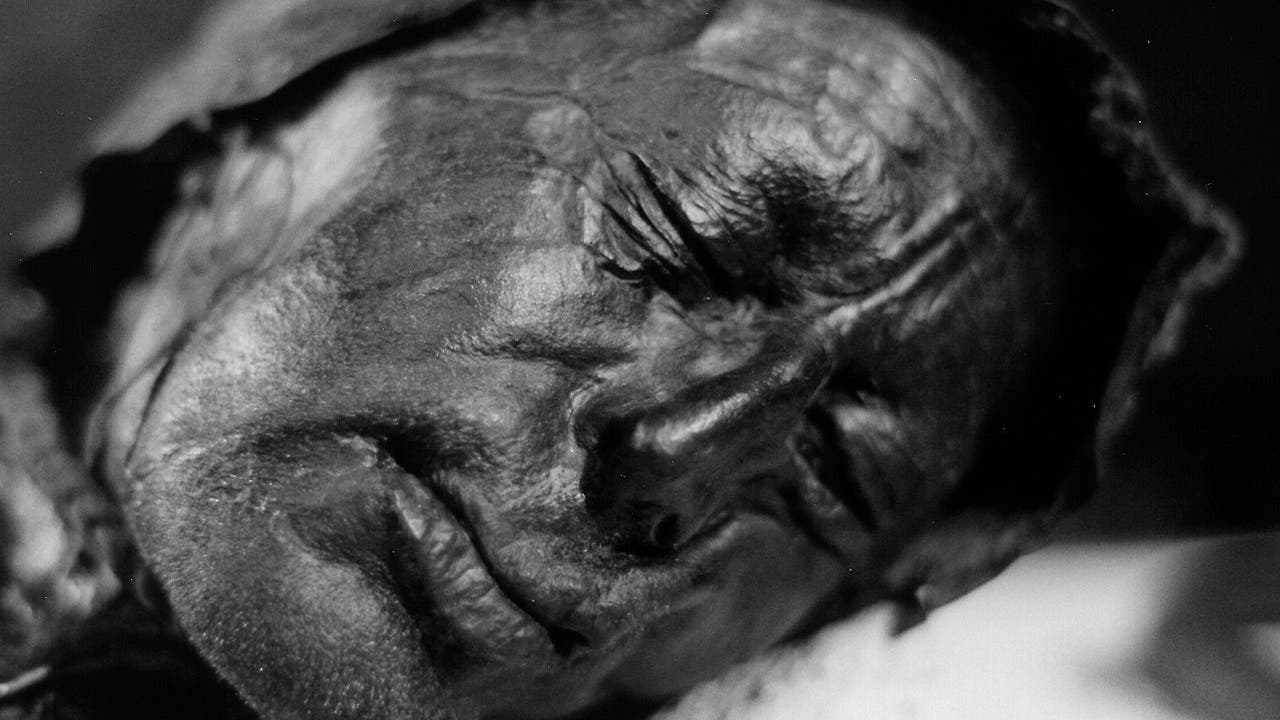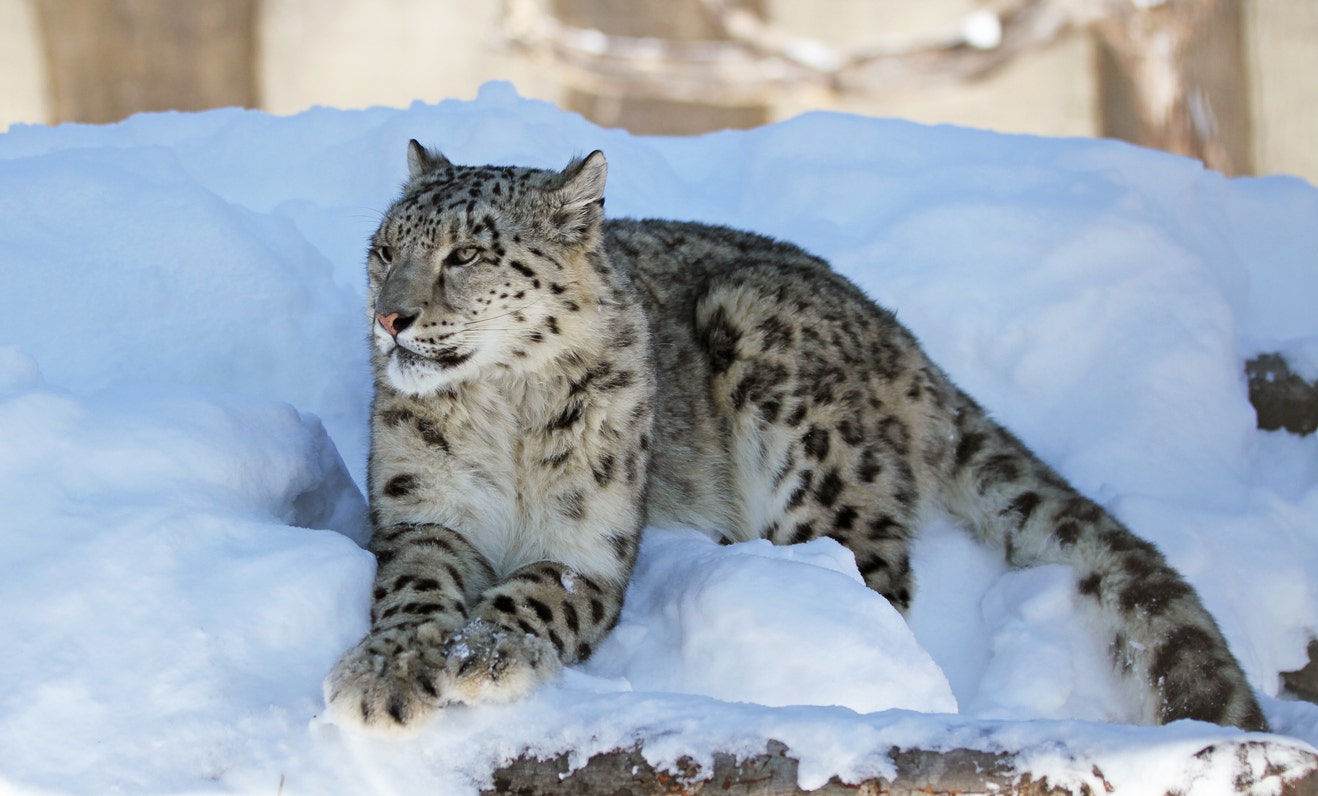Before an asteroid wiped them out, dinosaurs were already in decline: study

Although the asteroid that struck the planet 66 million years ago wiped out Earth’s non-avian dinosaurs, new research asserts that environmental degradation of dinosaur groups had begun long before the historic event.
The Cretaceous-Tertiary extinction event, arguably the most famous of all mass extinctions, wiped out 75% of terrestrial living species.
However, a study published in the journal Nature Communications suggests that dinosaurs were in decline for as many as 10 million years prior to the Chicxulub, Mexico asteroid.
NEW DINOSAUR SPECIES IS LARGEST FOUND IN AUSTRALIA, SCIENTISTS SAY
“Our data indicate that the voluminous release of [nickel]-rich gases triggered by the [Siberian Traps large igneous province (STLIP)] magmatism had changed the Late Permian ocean chemistry well before the [end-Permian mass extinction (EPME)],” the authors said.
The EPME – also called the “Great Dying” – took place more than 251 million years ago, killing off more than 96% of the planet’s marine species, 70% of land species and signaling the end of the Permian Period.
In 2015, Massachusetts Institute of Technology (MIT) Earth and Planetary Science researchers reported in the journal Science Advances that the massive volcanic activity in the Siberian Traps had taken place at the right time to have been a trigger for the most severe extinction event in the past 540 million years, calling the connection “unavoidable.”
While it remains unclear whether the explosive magmatism there was the primary trigger, the Nature study authors said that the event’s “killing mechanisms depend critically on the nature of volatiles ejected during STLIP eruptions.”
Those killing mechanisms – set into motion 300,00 years earlier – include global warming, ultraviolet radiation exposure, hypercapnia, ocean acidification and anoxia and toxic metal release, including the presence of nickel isotopes.
“Our results provide strong evidence for global dispersion and loading of Ni-rich aerosol particles into the Panthalassic Ocean,” the team wrote in the report’s abstract.
FLORIDA WOMAN STILL BELIEVES SHE SAW A ‘SMALL DINOSAUR’ RUNNING THROUGH YARD
The Panthalassic Ocean surrounded the supercontinent of Pangea.
In a news release, CNRS and the Institute of Evolutionary Science of Montpellier (ISEM) research scientist Fabien Condamine said the team had examined evolutionary trends during the Cretaceous period for six major families of dinosaurs, including those of the tyrannosaurs, triceratops and hadrosaurs.
Additionally, using a novel statistical modeling method that “limited bias associated with gaps in the fossil record,” the group demonstrated that extinctions outpaced speciations for dinosaurs 76 million years ago.
“The impact of a 12-km-wide asteroid 66 million years ago was thus the coup de grâce for an animal group already struggling,” the release read. “These findings, published in Nature Communications on 29 June, show that the demise of dinosaurs was probably tied to global cooling towards the end of the Cretaceous, when the mean global temperature fell by [seven degrees Celsius.]”
Herbivores are said to have been particularly affected the first extinctions, potentially “setting off cascading extinctions among the other dinosaur families.”
The researchers looked at more than 1,600 records of dinosaurs through the Cretaceous period, University of Edmonton’s professor Phil Currie told Sci-News.
CLICK HERE FOR THE FOX NEWS APP
“It became clear that there were two main factors, first that overall climates were becoming cooler, and this made life harder for the dinosaurs which likely relied on warm temperatures,” Mike Benton, co-author of the study and paleontologist at the University of Bristol’s School of Earth Sciences, said in a statement. “Then, the loss of herbivores made the ecosystems unstable and prone to [an] extinction cascade. We also found that the longer-lived dinosaur species were more liable to extinction, perhaps reflecting that they could not adapt to the new conditions on Earth.”
Notably, not everyone agrees with their conclusions; others have published contradictory studies suggesting the dinosaurs were still thriving at the time the asteroid hit.




